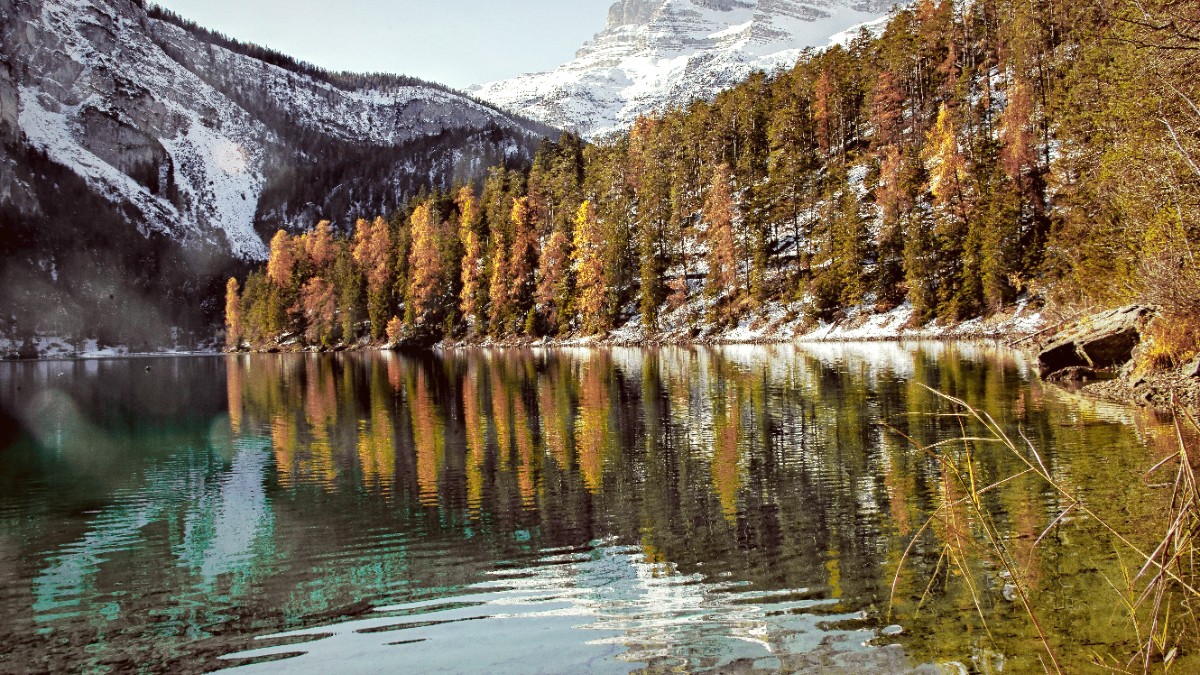
Trentino Alto Adige, Italy
You find Renaissance frescoes on ancient palaces, alongside contemporary architecture. Outdoor adventure waits just beyond the city limits. Trento offers a different kind of Italian journey, one that combines cultural richness with mountain serenity.
The mountains create a varied climate, with warm summers in the valley and cooler, snowier winters. This makes Trento a destination for all seasons.
The Adige River flows directly through the city, shaping its layout and providing a green corridor for cycling and walking paths.
Trento, known as Tridentum in Roman times, is a deep historical narrative. Roman influence is visible in underground archaeological sites beneath Piazza Cesare Battisti. This Roman foundation set the groundwork for the city's layout and infrastructure. Centuries later, Trento gained immense power as a prince-bishopric. Its prince-bishops held both temporal and spiritual authority, governing the church and the land. This form of governance led to the construction of grand palaces and the impressive Castello del Buonconsiglio.
The Council of Trent, held intermittently between 1545 and 1563, marks the city's most significant historical event. This ecumenical council of the Catholic Church was a direct response to the Protestant Reformation. The city hosted delegates, theologians, and political figures from across Europe, transforming Trento into a temporary epicenter of religious and political debate. The Duomo and the Church of Santa Maria Maggiore were central to the Council's proceedings, their walls holding echoes of these discussions.
Tridentum, Roman foundations visible in archaeological sites.
Centuries of temporal and spiritual authority, leading to grand palaces.
A pivotal ecumenical council responding to the Reformation.
From Napoleonic Wars until 1919, absorbing Central European influences.
The city became part of Italy after World War I.
This complex history has given Trento a blend of Italian vivacity and Alpine robustness. The city's identity today is a testament to these layers of influence.
Street names, culinary traditions, and a certain disciplined character reflect this era. A blend of Italian language and customs merge with a distinct Central European heritage.
Trento embraces its past while looking to the future, all within a breathtaking natural setting. It offers a travel experience that stands apart.
For a stunning view of Trento and the surrounding valley, take the cable car up to Sardagna. It offers an unique perspective on the city's relationship with its mountains.
Trento, officially known as the "Comune di Trento," is the capital city of the Autonomous Province of Trentino within the Trentino-Alto Adige/Südtirol region of Italy.
This autonomous status grants the region significant self-governing powers, especially in economic and cultural matters.
Approximately 118,000 residents.
Approximately 157.9 sq km (60.97 sq mi).
Alpine and Italian influences with strong historical ties.
Important details for your trip to Trento.
Specializing in wine production and apple cultivation in surrounding valleys.
Focused on mechanics, mechatronics, and food processing.
Driven by the highly regarded University of Trento.
Trentino has significant self-governing powers, especially in economic and cultural matters.
This influences local culture, cuisine, and language mix in the broader region.
From vineyards and orchards to high alpine peaks, all near the city center.